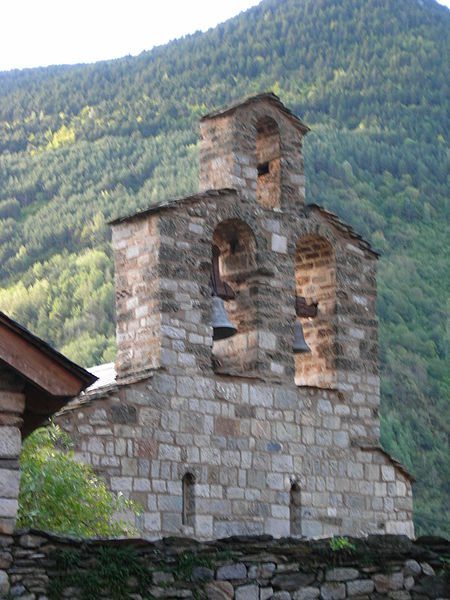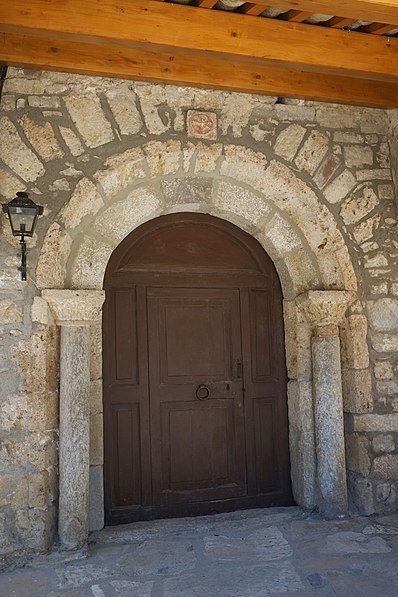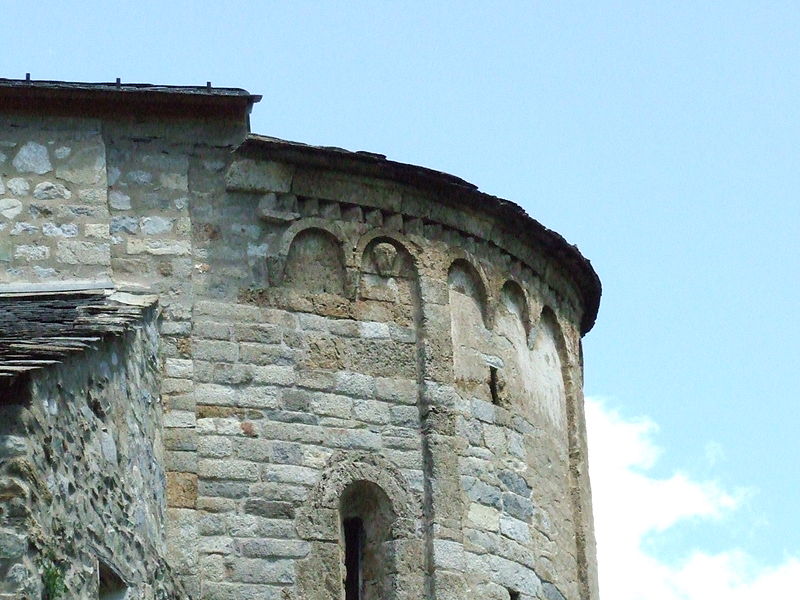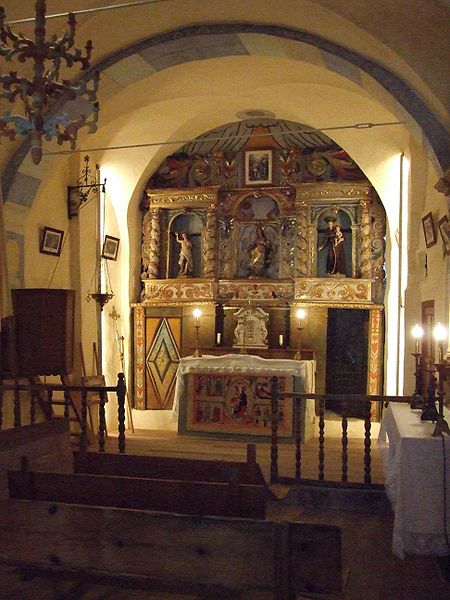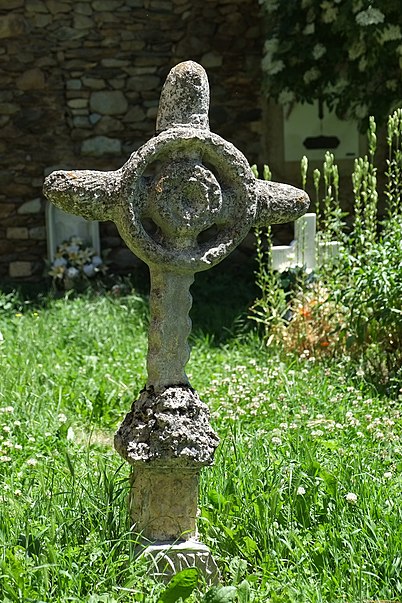Santa Maria de Cardet
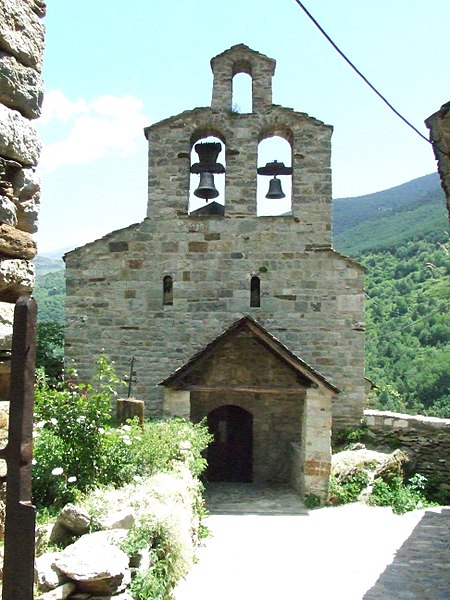
Facts and practical information
Santa Maria de Cardet stands as a beacon of historical and architectural significance in the Vall de Boí, a valley in the Pyrenees of northern Spain. This Romanesque church, part of the Catalan Romanesque Churches of the Vall de Boí UNESCO World Heritage Site, offers a glimpse into the religious and cultural life of medieval Catalonia.
Nestled within the picturesque landscape, the church of Santa Maria de Cardet is distinguished by its Lombard Romanesque style, characterized by its slender bell tower, decorated with blind arches and Lombard bands, which punctuates the skyline. The structure's humble proportions and the simplicity of its stone façades belie the richness of its interior frescoes, which, though many are now housed in the National Art Museum of Catalonia, still convey the artistry and devotion of the craftsmen who created them.
The church's origins trace back to the 11th and 12th centuries, a period that saw a flourishing of religious architecture in the region. It served not only as a place of worship but also as a social and cultural hub for the surrounding community. Today, Santa Maria de Cardet continues to be an active parish church, while also attracting visitors from around the world who come to admire its historical significance and serene beauty.
Visitors to Santa Maria de Cardet can expect to be transported back in time as they explore the church's nave, apse, and sacristy, each telling a story of the religious heritage of the valley. The integration of the building into the landscape, with commanding views over the Cardet village and the Boí River, makes a visit to this church as much a nature retreat as a cultural excursion.
Catalonia
Santa Maria de Cardet – popular in the area (distance from the attraction)
Nearby attractions include: Sant Climent, Sant Joan de Boí, Sant Feliu de Barruera, Santa Maria de Taüll.


